Humankind has built itself a shining pedestal, placed a huge waving flag atop it, and claimed the title of the most intelligent species on the planet. We constantly refer to other species as being “stupid” or “dumb” and birds are no exception to this. But are these birds we refer to as the dumbest really that stupid?
In this article, I am going to present you with 9 of the so-called “dumbest birds in the world.” We’re going to examine the behaviors of these “dumb” birds and look at them from a different angle; one that may just turn your thinking upside down.
As an Amazon Associate, I earn from qualifying purchases. Birdwatch World earns commissions from Amazon and similar affiliate programs from any purchases made via links in this article.
1. Dodo
How could I begin a list of the 10 dumbest birds in the world without starting with the Dodo? It is the unchallenged champ of the dumb bird title. For centuries these long-extinct birds have been the butt of everyone’s jokes and the main ingredient in many insults relating to intelligence. But why?

The consensus seems to be that these birds blundered their way into extinction. Their demise was accelerated by their failure to flee from man and his violent assaults on them. But does this mean they were dumb? Let’s look into that, shall we…
Dodos lived on the island of Mauritius and were discovered by Portuguese sailors around 1507. They were large flightless birds, bigger than a turkey, with blue-gray feathers and a large head and beak. Until the sailors arrived, these birds had never seen a creature such as a human. They possibly did not have any predators until that point.

It took less than 200 years for the dodo to be wiped out. It was not just us killing them for food but also the introduced species we bought with us and the destruction of their habitat that led to their demise.
Reports from those times mention how dodos would stand completely still while humans clubbed them to death. They did not attempt to flee at all!
And why would they flee? Until the arrival of man, they had known no threat whatsoever. Add to this the fact that previous generations had not known any threat like this either. We are talking here about a species that had zero knowledge or memory of humans or their violent nature.

Does this make them dumb? I don’t think so. Who do you think is dumber; the species that fail to flee or the species that continue to kill and destroy until their food source is wiped out?
2. Killdeer
A Google search for “dumbest bird” brings up a lot of mentions of this bird – the Killdeer.

The killdeer is a medium-sized North American plover found all across the northern United States and down into central and South America.
One reason these birds have been labeled as dumb is their bizarre behavior in the presence of predators. If a predator approaches the nest of a killdeer, the bird will run around faking a broken wing which might seem like a dumb thing to do.
This behavior is actually very smart and very brave. By instantly leaving the nest and acting injured, the bird draws the attention of the predator away from its eggs or young.
The eggs and the fledglings are camouflaged in such a way that they blend right into the background and are basically invisible once the bird leaves them. As you can see in the video above, it is practically impossible to take your eyes off the killdeer once it starts its “broken wing dance.”
Predators are instinctively drawn to an injured or weak animal as they recognize them as an easy kill. By behaving in this way, the killdeer draws the predator’s focus and ensures her young are safe.
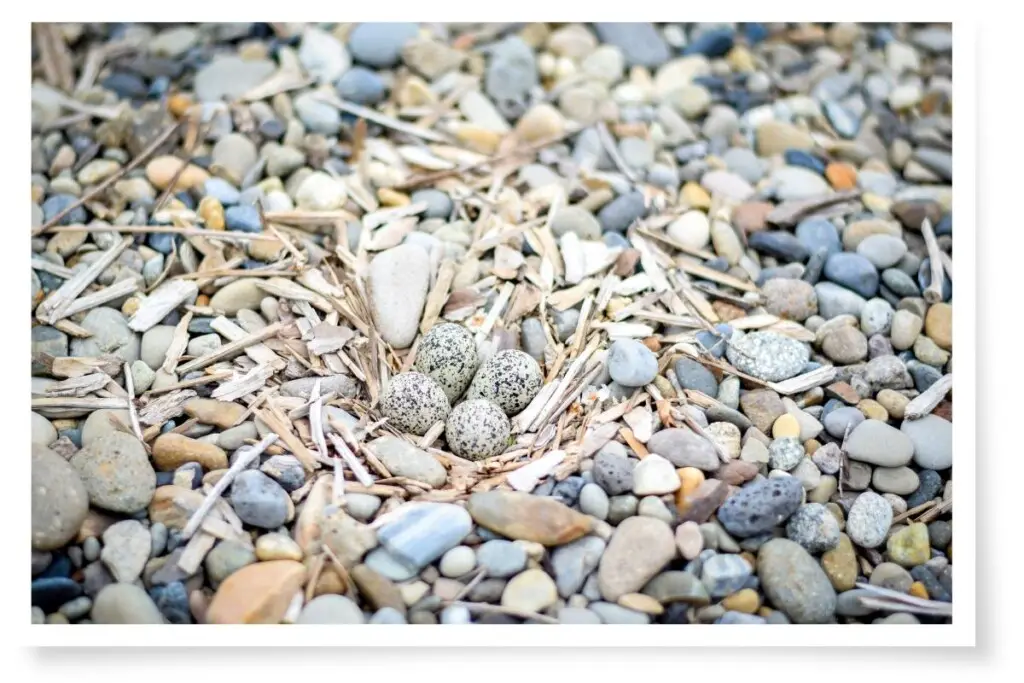
Many also consider killdeer to be dumb because of where they lay their eggs. Like many other plovers, killdeer lay in some pretty wide-open spaces such as roadsides or parking lots. It seems silly to lay eggs in such exposed areas but they choose their nest sites carefully.
Nest sites are usually slightly raised from the surrounding environment. Killdeers choose such sites to avoid occasional flooding or to obtain a better view of the approach of potential predators. Not that dumb after all.
3. Kakapo
Another bird that comes up a lot in a search for the dumbest birds is the New Zealand Kakapo.
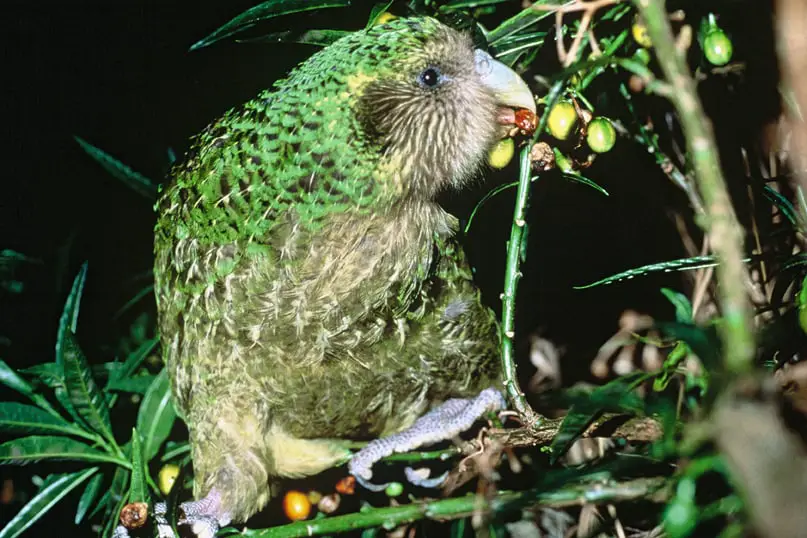
Why this bird shows up in a “dumbest bird” search is beyond me. It is possibly a reputation that has dogged them since the times of early explorers who had no value for life whatsoever. In 1899, explorer Charlie Douglas wrote “they could be caught in the moonlight by simply shaking the tree or bush until they tumbled to the ground. Like shaking down apples.”
Like the dodo, kakapos were hunted for food by early explorers and also eaten by their dogs and other introduced species. It is the introduced species like rats and stoats, along with habitat destruction that has led to them being critically endangered.

Kakapos are nocturnal and far from dumb. They spend their days under thick cover, in trees, or in burrows which they dig with their large clawed feet.
These birds are perfectly camouflaged for their forest environment and very nimble on their feet. They are quite intelligent and as researchers point out in the video below, each bird exhibits individual personality traits.
Had it not been for the introduction of foreign species, these birds would most likely be thriving. Before the arrival of explorers, they were a very abundant species.
4. Emu
Is Australia’s largest bird also it’s dumbest? I have to admit, they don’t look like the smartest bird on the planet but is this enough reason to label them dumb?

Emus are very curious birds and if they see anything out of the ordinary, they will approach it to investigate. This is not the most intelligent behavior but when you can run up to 50 km/h; even if what you are approaching turns out to be a predator, you have a pretty good chance of getting away.
One intelligent behavior that emus have is following rainclouds to find water. They seem to follow the sight of clouds or take cues from thunder and lightning to travel distances of up to 450 km in search of a drink.
Like many birds, if you take an emu out of its natural habitat (woodland, scrub, or open habitat), it seems out of place and awkward, and likewise, its behavior will seem out of place and awkward too. If you view emus in their natural habitat, they appear right at home, in control, and almost majestic.
Is it any wonder that we view birds like the emu as stupid when we take them from their habitat and present them with surroundings, objects, and foods that are completely foreign to them? Naturally, this is going to make their behavior seem strange.
It’s not often we view an animal in its natural habitat and call it dumb.
Discover more about the Emu and other flightless Australian birds here in this article.
5. Ostrich
The Emu’s big cousin and fellow dumb-looking bird, the Ostrich. They are the largest birds on the planet but have a brain smaller than their eyes.
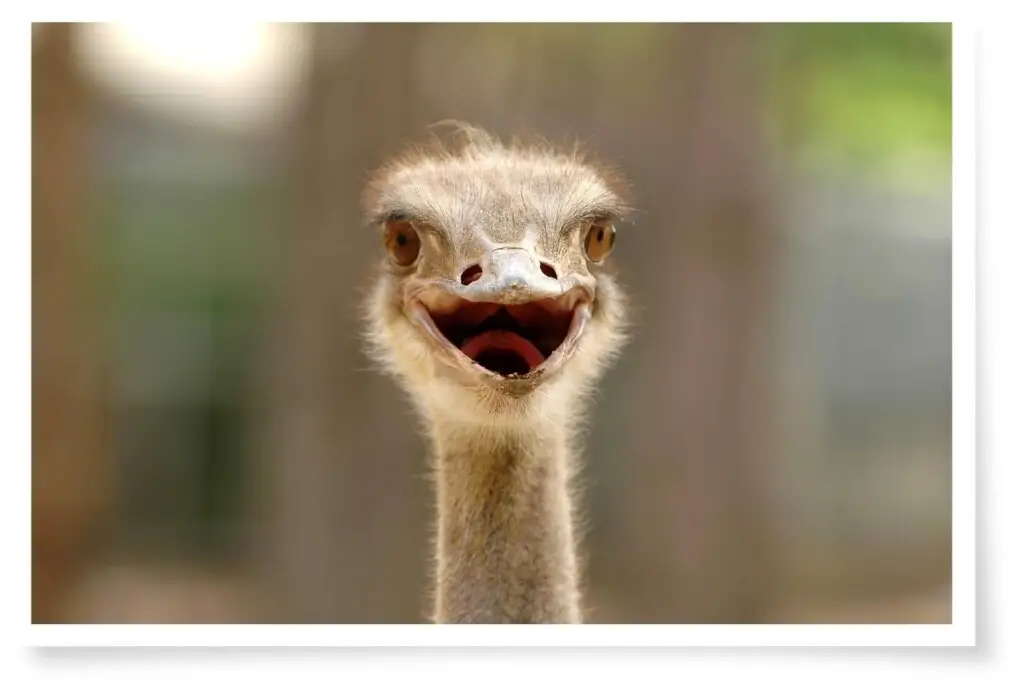
Do not be fooled by this tiny brain, however. Ostriches are smart; especially females. When it comes to egg-laying, female ostriches pull a rather ingenious move.
Each male ostrich has a harem of women around him. When it comes to mating, he will mate with several females from his harem. This results in a number of them giving birth at the same time.
The “major hen” will lay her eggs first and then encourage other females to lay their eggs in the same nest. What she then does is move all of her eggs to the center of the group. This provides her eggs with protection as predators will take the ones from the outside first. Not a dumb move at all…
6. Seagulls
Ok, first let me begin by saying “there is no such thing as a seagull.” That being said, let’s take a look at why these non-existent birds are not dumb.

All over the world, these birds are known for their love of hot chips (and various other human foods). They squawk for and pilfer these snacks from humans anywhere they choose to gather. Oh but hang on…you’re still wondering why there is no such thing as a seagull, aren’t you?
Try looking up “seagull” in any bird book or birding app and you will come up with nada. There is no such bird. “Seagull” is a collective nickname for any gull that lives by the sea. It’s just a name we came up with to label any gull we were either too lazy to identify or just didn’t care what its real name was.
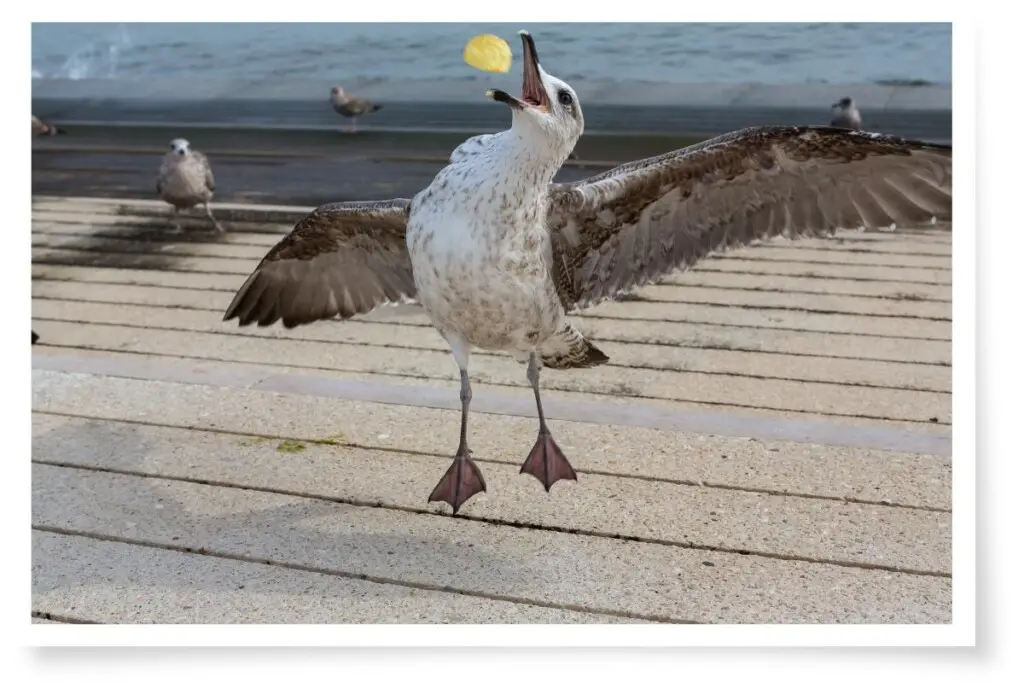
If we judge seagulls purely based on the limited view we see of their behavior, then yes, they may seem dumb. It is in their habitat that their brainpower really shines.
Seagulls have two distinct feeding behaviors proving there is more going on in their little heads than we think. One of these is how they stamp their feet on the ground when hunting for food. Scientists believe this may imitate the sound of rain hitting the ground which signals their prey to come to the surface.
I will admit this technique looks really silly but it serves a real practical purpose.
The other thing they do is drop shells or muscles onto rocks from a great height to crack them open so they can feast on the meat inside. Rather ingenious.
7. Ibis
Here in Australia especially, Ibises have received a very bad reputation. The Australian White Ibis has even earned the nicknames bin chicken, tip turkey, dumpster diver, dump chook, and foul fowl. They are looked down upon with disdain and considered to be nothing but dumb, good-for-nothing birds.

However, this reputation has come about because of the actions of humans. We destroy a bird’s habitat, forcing it to come into our cities to find food and then complain about it and treat it like a nuisance. If not for our actions, they would not be rummaging through our rubbish and stealing food from our café tables!
The mere act of discovering that cities can be an endless source of food shows intelligence. These birds have observed and studied us, figured out how wasteful we are, and learned how to access our bins and food service areas to find something to eat.
During COVID-19 lockdowns when restaurants and cafés were forced to close their doors for a while, ibises found their way back to large parks and gardens. They were also smart enough to know that during periods of heavy rainfall, there were not only fewer humans in these areas, but more invertebrates closer to the surface to prey upon.

Part of our loathe for ibises probably comes from their appearance too. Australian white ibises aren’t the prettiest bird to look at. Perhaps if all ibises were as colorful as the Straw-necked Ibis above, we might appreciate them a little more.
The Ibis features in my Fearless Bird Or Stupid Bird article too. Read it now via this link.
8. Pigeons
Just like the white ibis, the Pigeon has earned a bum rap. This is another species that has taken over our cities and been looked down upon by some as just another dumb bird.
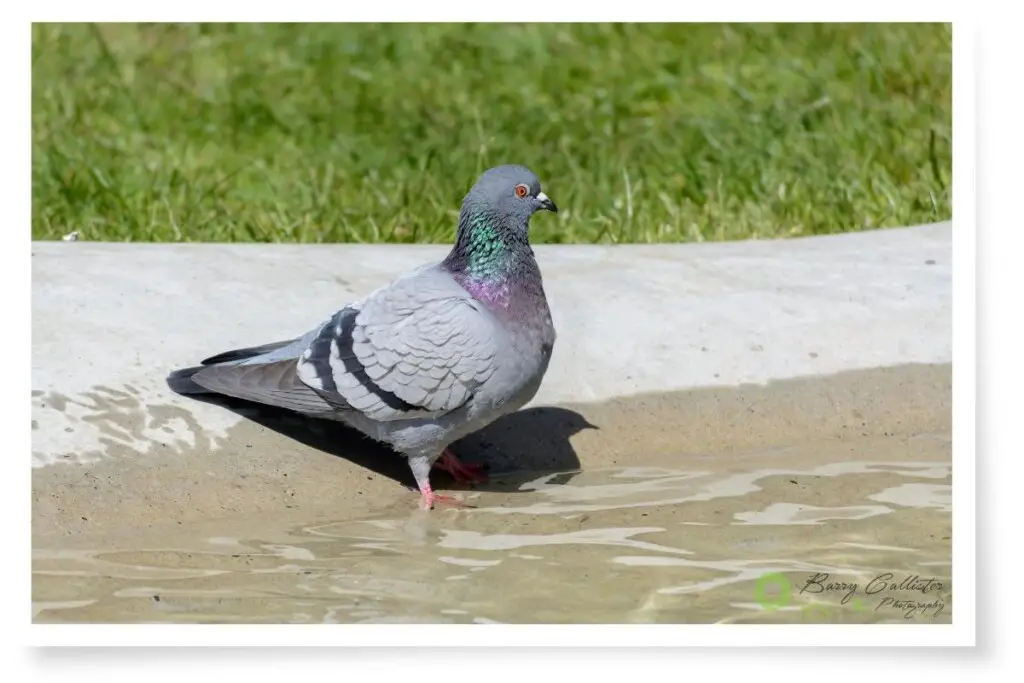
Admittedly, I do think their eyes and head shape give off a somewhat “lights are on but nobody’s home” look. This may be the reason for their reputation of being a bit dim.
The intelligence of pigeons has been studied extensively and they perform tasks set for them in a lab on par, if not better than primates. They can match colors, and abstract shapes, learn numerical differences, plan ahead, and even discriminate the paintings of Monet and Picasso!
Think about the amount of brainpower it takes for a homing pigeon to find its way home over great distances. It has even been discovered that pigeons pass down the most effective routes to future generations.
9. Ring-necked Pheasants
If you live in the UK you will possibly understand these birds making it onto the list. Pheasants are renowned for their dumb behavior, especially on the roads.
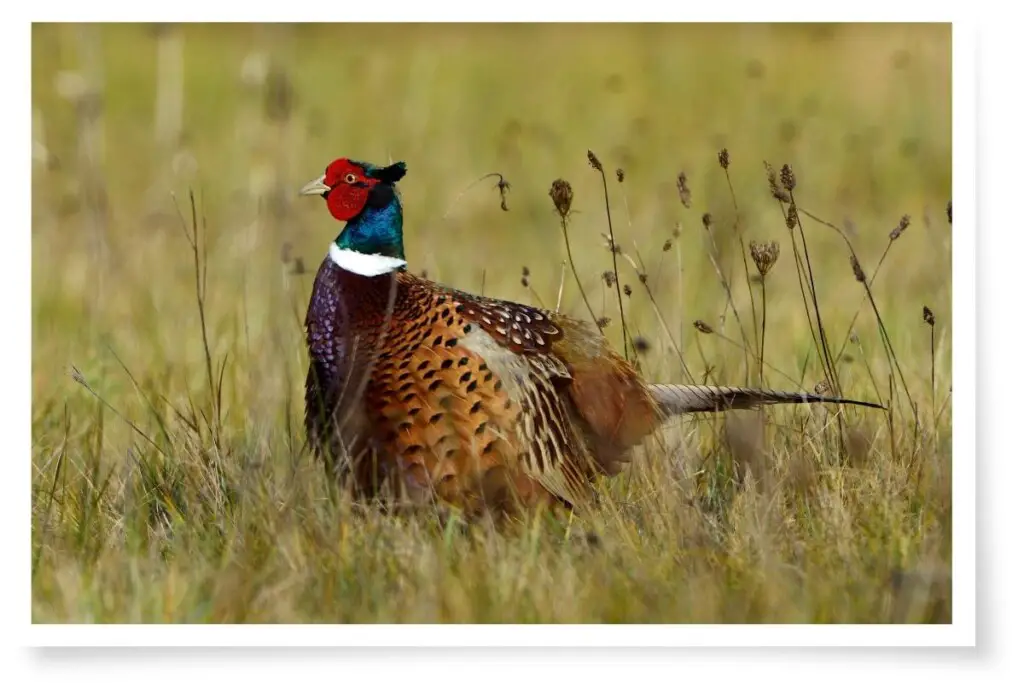
There are many species of pheasants and they all originate from Asia. They are now widely spread throughout North America and Europe.
Ring-necked pheasants are notorious for running either alongside or in front of vehicles on the road. They especially do this on tiny country roads. The birds could easily dart off into the thick brush that lines either side of the roads but instead choose to run along in front of frustrated motorists:
Now we consider this behavior to be “dumb” because of our expectations of what we think the birds should do. We expect them to obey road etiquette and get out of the way. They don’t know road etiquette!
They possibly see the vehicle as a threat as they are exhibiting a normal threat response which is to run. They will also retreat into cover, hide, fly, or crouch and remain still in response to a predator. How they respond will vary depending on the size and type of the predator also. Perhaps they think as the car is so large that it will just follow them into the scrub?
Does running from a predator seem like a dumb thing to do? I don’t think so…I think we need to stop expecting animals to act the way we want them to.
Conclusion
Hopefully, you can now see that none of these birds are dumb. Some come close, but I still can’t bring myself to call them that!
It all depends on our perspective and also on our definition of intelligence. Scientists are still debating the term intelligence to this day and considering that we may have to redefine what we consider it to be.
For more mind-blowing stories about the intelligence of birds, consider ready The Genius Of Birds by Jennifer Ackerman:
Thank you for enduring through this entire article. I appreciate you taking the time to read my blog and I hope you spend some more time exploring my site before you leave.
Until next time…stay smart.
References
- The Dodo is Dead, Long Live the Dodo! – nationalgeographic.com
- Dodo Extinct Bird – Britannica.com
- New Zealand’s native birds of bush and countryside – Penguin Books
- Meanwhile, the ibises are going to be totally fine without us – Australian Geographic
- birdsoftheworld.org
